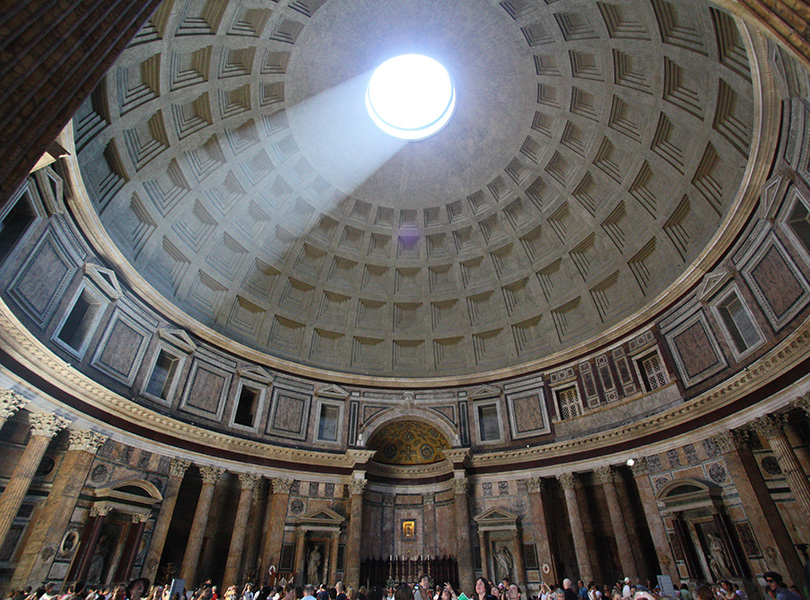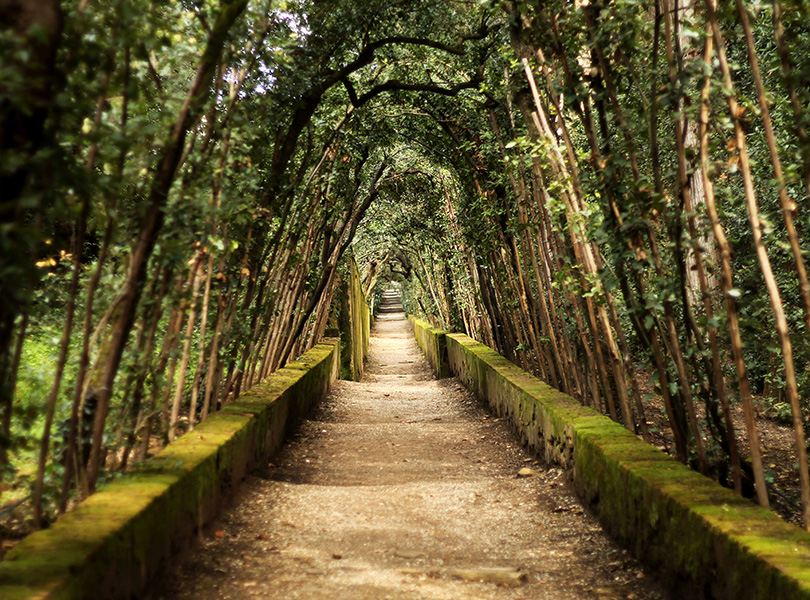As an architect I am interested in space; as the father of two young boys I am very interested in tidy space. The dictionary says space is the "incalculably great three-dimensional realm in which all material objects are located and all events occur." How can we take something which is incalculable and make it tangible and memorable? How can we turn space into a Place? A Place which has the ability to ground you and, through your interactions with it, reveal a greater understanding of the world around you?

My eldest son tells me you have to use all five senses when you cross the road. Other than the years of practice it takes to determine the taste of an approaching vehicle, I thought it was a keen observation. But his declaration led me to recognize that kids really do experience space with all five senses. I have found that my children's every little observation becomes the basis for how they understand and interact with their surroundings.
When I think back to when I was young there are specific memories in which a particular sense played a major role in how I understood and subsequently remembered a Place: that particular "old" but somehow clean smell of my grandparent's house (and especially my grandfather's sweaters); the sound of rustling fallen leaves as I climb my street home after school; the touch of the wooden banister as I leap and swing down the last three steps rounding the corner to our dining room; the taste of fresh-made donuts at the harvest festival at the nature park; the glimpse of our backyard sledding hill after the first snowfall in early October (this is Central New York I'm talking about).


For my fifth year thesis project I wanted to select a site that was ruggedly natural yet included the presence of humans. The main focus of my project would be to explore how we interact with nature and how architecture can allow us to become more connected to it. While engaged in research I came across the Slow Architecture movement, which is summed up in a great quote by Laurent Beaudouin in his "Manifesto for Slow Architecture."
"Architecture takes form in the rigorous framework of the laws of nature. It is inscribed in space and time....The time of nature is the time it takes for clouds to change shape, for the sea to cover a beach, or for dawn to break....Architecture is a machine for slowing time down."
After a year of hard work, including a mid-winter trip to the frigid banks of the Atlantic and a lot of early 2000s euro-pop via Napster, it became my contention that every man-made construct should make evident aspects of the immediate natural and social world around it, thereby connecting people to a specific Place. I strive to bring that belief to every project I work on in any way that I can.

If designed thoughtfully our built environment can create a framework through which the surrounding environment is observed, allowing us to become closer to it. It can take complex relationships and distill them to a single powerful moment that instills in the observer a sense of Place. For me, my time spent in Florence and travelling around Europe my junior year of college showed me how much a Place can teach you and influence you for the rest of your life. Picture the oblique light entering the Chiesa dell'Autostrada; smell the early morning dampness coming off the exposed concrete of the Pantheon's dome; touch the cool, rusticated masonry on the Palazzo Medici; hear the birds (not the motorini) in the Boboli Gardens; taste that deliciously warm pretzel and ham sandwich you had in that rural German train station.


